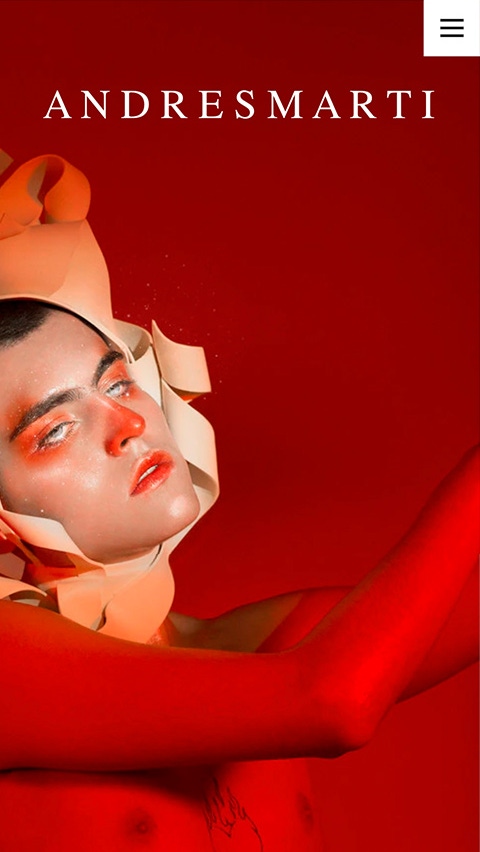A Vision of Melancholy
Andres Marti is a photographer and creative artist residing in Bogotá, Colombia. He is Co-founder and Director of the Laboratorio de Imagen Comes Cake, where he has had the opportunity to work with different brands, artists and foundations such as Nike, Fuji-Film, Indiebo, U = U, Aterciopelados and Esteman.
In his latest personal photographic series titled "Otredad" (Otherness), you can see hints of Baroque and Romanticism. The work relates to days that one is understood as a whole and other days where that whole is fragmented.
His camera has framed self-portraits, but most of these images are of his friends and acquaintances, coloring their noses and eyelids in ruby red like Rembrandt paintings—physically expressing vulnerability of these beings.
We took the time to get to know Marti, read his interview:
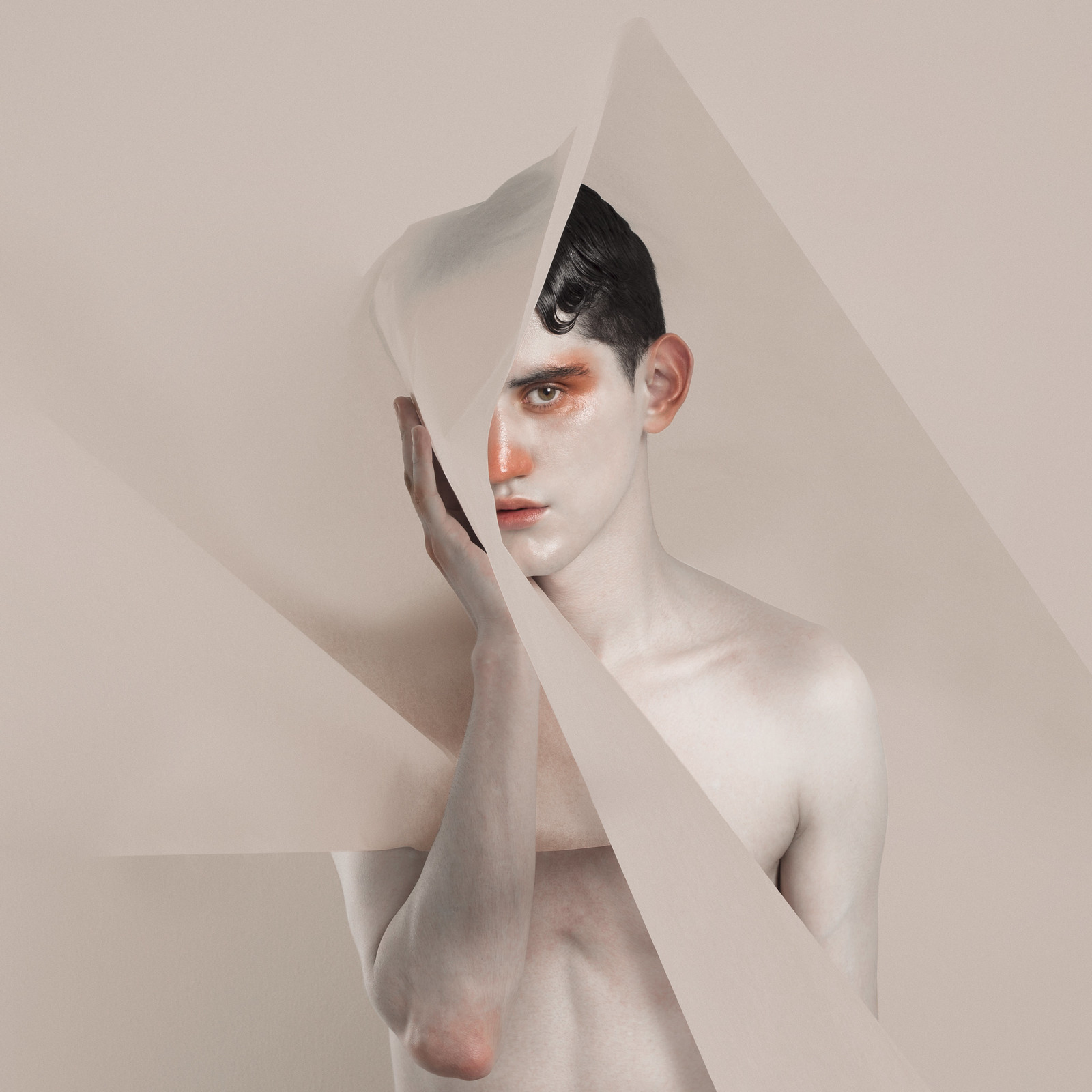
Fabrik: Hello Andres, we’re happy to have you as a Hero! To begin, can you share a bit more about yourself in your own words?
Andres Marti: "My name is Andres Marti and I am an artist, Designer from Bogotá, Colombia. I consider myself an image maker. Since I was little, when I started to draw, I always focused on doing portraits. Since I graduated from university as a designer, I have had the opportunity to explore different aesthetic and technical routes, always focused on portraying people.
With the image laboratory @ComesCake, a laboratory that I co-founded in 2011 together with other designers and artists, I learned to co-create; I learned to put together different visions and techniques such as collage, illustration and 3D. So I began to see photography as an infinite resource that is fed day by day. I had the opportunity to work for different music artists such as Esteman, Pedrina y Rio y Aterciopelados, designing the art of some of their albums. But also, and perhaps the most important thing about this project, is the creation of its own content, which has become an academic benchmark in Colombia.
On the other hand, five years ago I started to permeate all this knowledge about the power of the image and how it can build into an icon through the narrative of Drag. Together with my husband and best friends we created a collective called @misamigasdrag with whom, through makeup and performance we create safe spaces for celebration for the LGBTI + community in Bogotá."
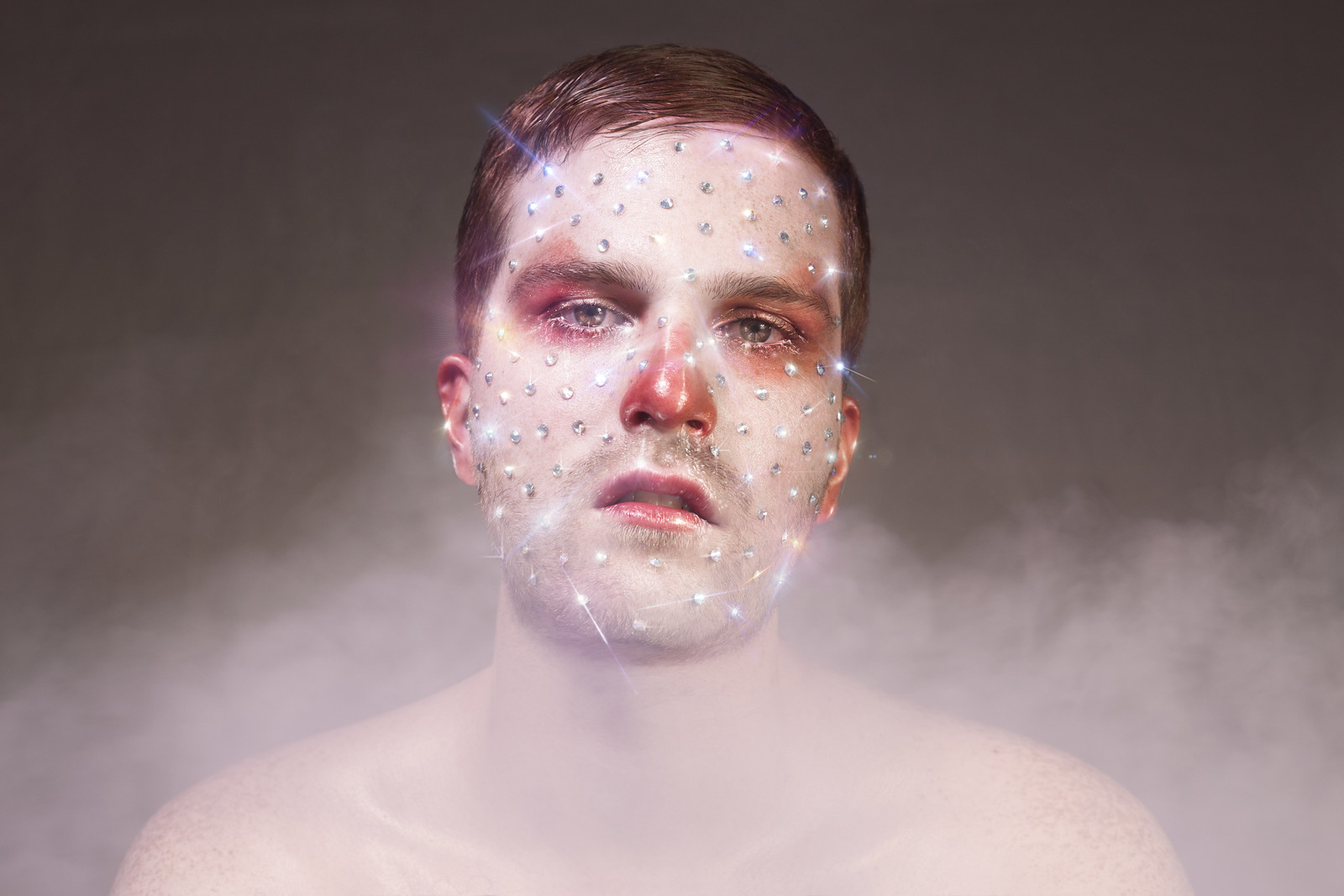
Fabrik: We’d love to know more about your Otredad series. What was your source of inspiration? In flushing your subjects’ noses and eyelids ruby red there are visual metaphors that hint at sex, desire and health. What is your approach here? For you does this carry more importance in terms of aesthetic, or subject?
Andres Marti: "Otredad is my personal photography project in which, through portraits, I immerse characters in universes that play between reality and fiction, where melancholy is the protagonist. All these visual metaphors are aimed at understanding my vision of melancholy, humans who are in an apparent sadness so deep that they forget how beautiful they are.
The inspiration for this project comes initially from the person (model) that I am going to portray. They (the models) catch my attention and starting from this initial inspiration, I look for fashion and illustration references that come together with the initial portrait. I get several ideas and concepts to bring back that sadness and melancholy that are in me, and that I always sought to portray. They are portraits that seek the perfect sadness, shot after shot.
I color the eyes and noses of my models ruby red in the photos in order to evoque vulnerability, many times they look like makeup at other times as if the model had cried all day, we don't know which pain is more real, portrait after portrait. I know that my work is an aesthetic action that is loaded with signs and symbols. These are communicated through my intuition every time I finish an image. They are like dreams or visions that are cloudy but they leave a feeling in the spectator. I seek through my work, to be able to grasp how immaterial that feeling is.
Otredad ends up being a hybrid between photography and collage, since I intervene digitally to include pictorial elements such as fauna and flora, textures, textiles, accessories, etc. This project has allowed me to exhibit in different artistic spaces in Bogotá, London and Tokyo."
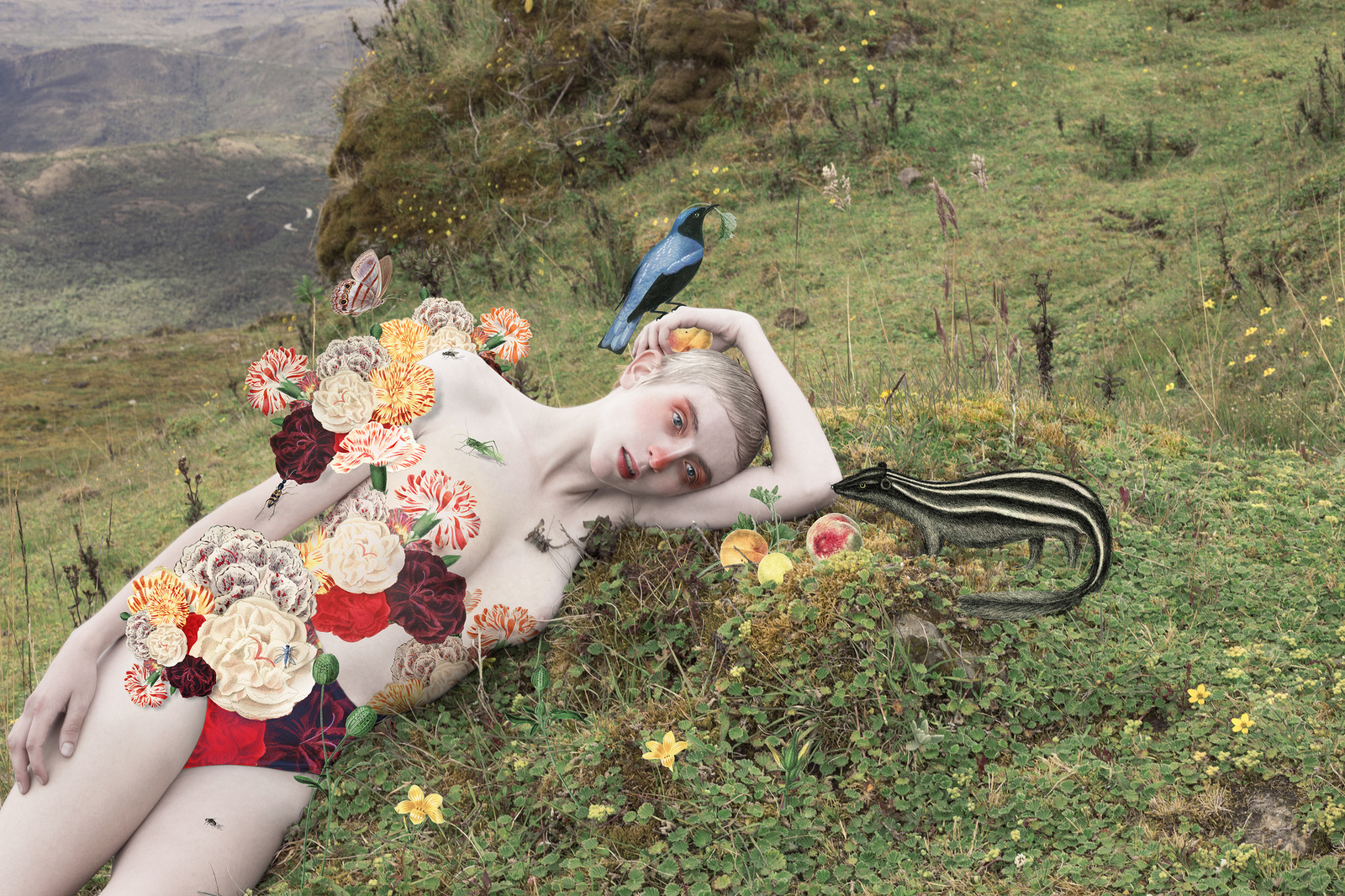
"I know that my work is an aesthetic action that is loaded with signs and symbols. These are communicated through my intuition every time I finish an image. They are like dreams or visions that are cloudy but they leave a feeling in the spectator. I seek through my work, to be able to grasp how immaterial that feeling is."
Fabrik: We love that your portfolio contains a combination of creative elements. Is there a particular field you enjoy the most? What is your process when deciding on and amalgamating different elements?
Andres Marti: "Collage has always been my main technique as a creator. I combine concepts that have no apparent connection or images in themselves, both projects are exciting, in Otredad the process is more delicate; to always be connected with the feeling and a visual narrative. With the collage and illustration, it is more free, I let intuition be the protagonist, it can go from something very dramatic or something very silly or both ahahahah - This game of creating in both ways helps me to be constant in the process of creation and not be afraid to fail."
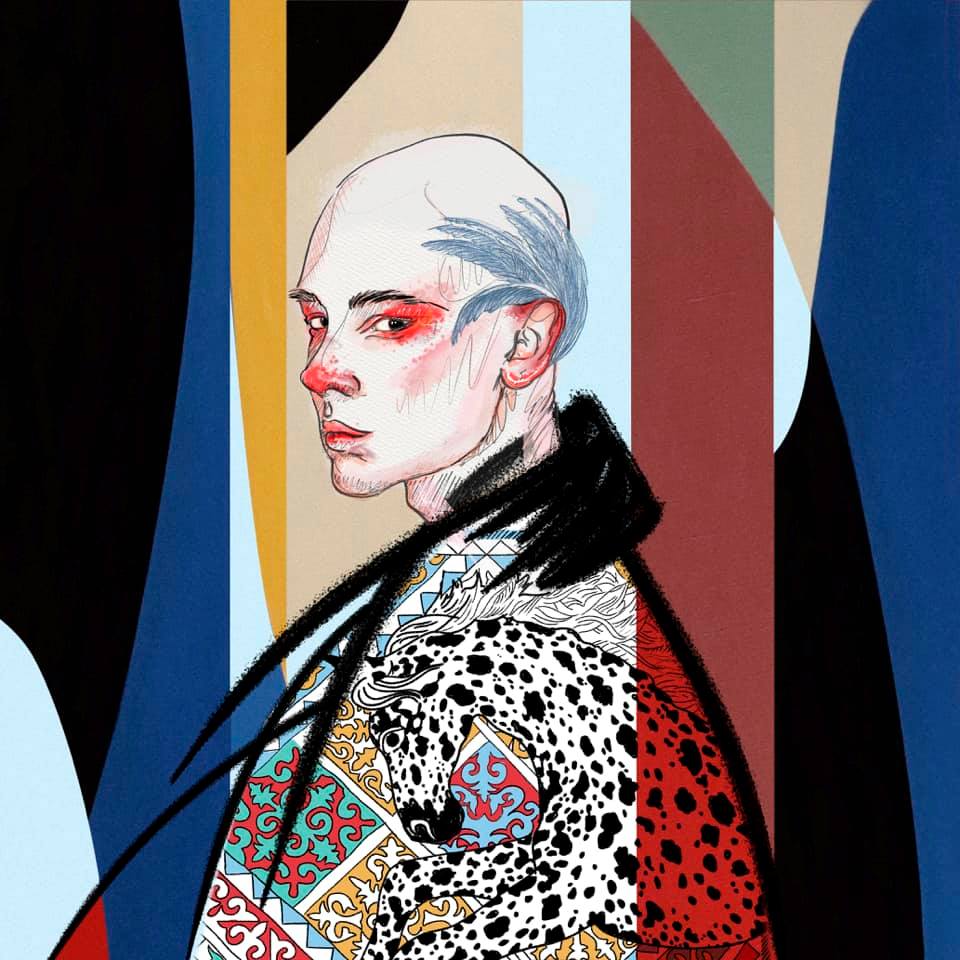
Fabrik: Is there any piece of work; be it a painting, a song, sculpture, that has left you with a lasting impression - or any mentors you have encountered throughout the span of your career?
Andres Marti: "There are several creators from different disciplines who have marked me and many times given meaning to my work, such as the new masculinities that Palomo Spain raises through his clothes, the humor and styling of Toliet Paper Magazine, the staging and makeup of Sasha Velour, the contrasts of softness and darkness of Tim burton, the recursion of Michel Gondry, the surrealist stories of Alejandro Jodorowsky, the power to convey feelings of Rebecca Sugar with her cartoon Steven Universe, the elegance of Dalí and the creation of an icon like Andy Warhol."
Fabrik: You mention that you’ve begun your exploration into the creation of video art, and sculpture. How will you approach this? Will you incorporate melancholy and the surreal in your portrayal of people?
Andres Marti: "With sculpture it has been an interesting process. With it, I am seeking to continue expanding the universe of Otredad. I am working on this project with an artist who makes sculptures of virgins and saints for churches in Antioquia, Colombia. I feel that these types of religious figures manage to convey feelings of sadness, pain and beauty. The next step I want to try is to make these pieces in 3D printing. My approach to video goes more with the motion graphic, giving life and movement to my photos. In the future I want to take it into something more theatrical, maybe with a story and dialogues."
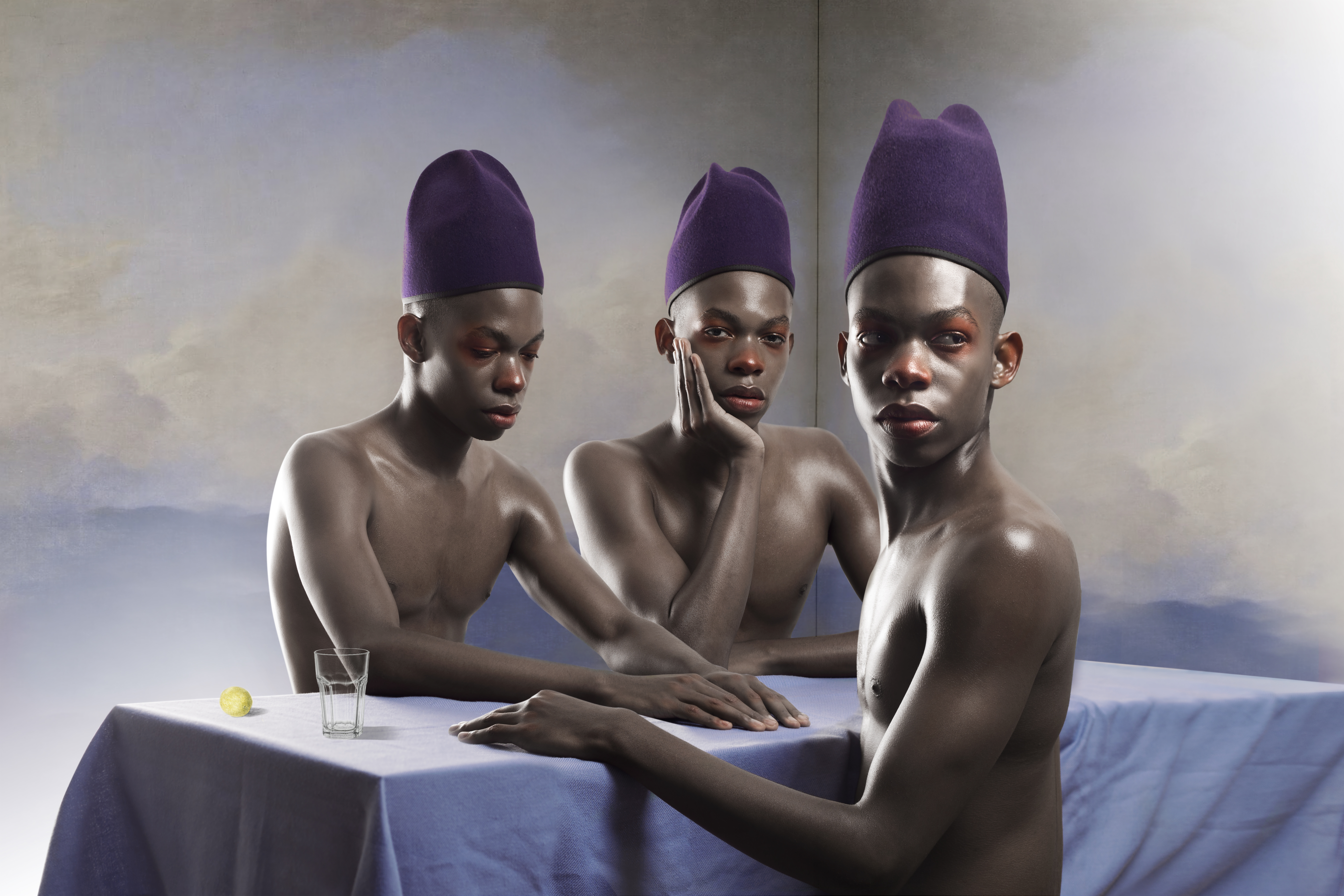
Fabrik: Have you ever had any difficulties pushing your creative and artistic approach to clients?
Andres Marti: "Sometimes, because my project is very intuitive that it develops in the making. When facing a project of this type with a client, being able to premeditate everything is very difficult, many times the project works out, but not always with the same spark of a more intuitive and spontaneous a project."
Fabrik: With an already impressive and extensive portfolio, do you have any favorites or milestone projects?
Andres Marti: "One of my favorite projects is "Reverdecer", which is a capsule within the universe of "Otredad" where I reflect on the concept of waiting as a cathartic process. These are portraits of people deprived of their freedom and they seek to redefine the passage through prison, as a stage in which the human is stripped of their reality, to enter a state of hibernation and to concentrate all his energy on repairing and flourishing. Al this without being overwhelmed by the slowness of the passage of time and without withering along the way. This project was presented at the "Barcú" art fair in Bogotá in 2019, and the money and dissemination collected from the work was allocated to the "Accion Interna" foundation to continue working with the prison population."
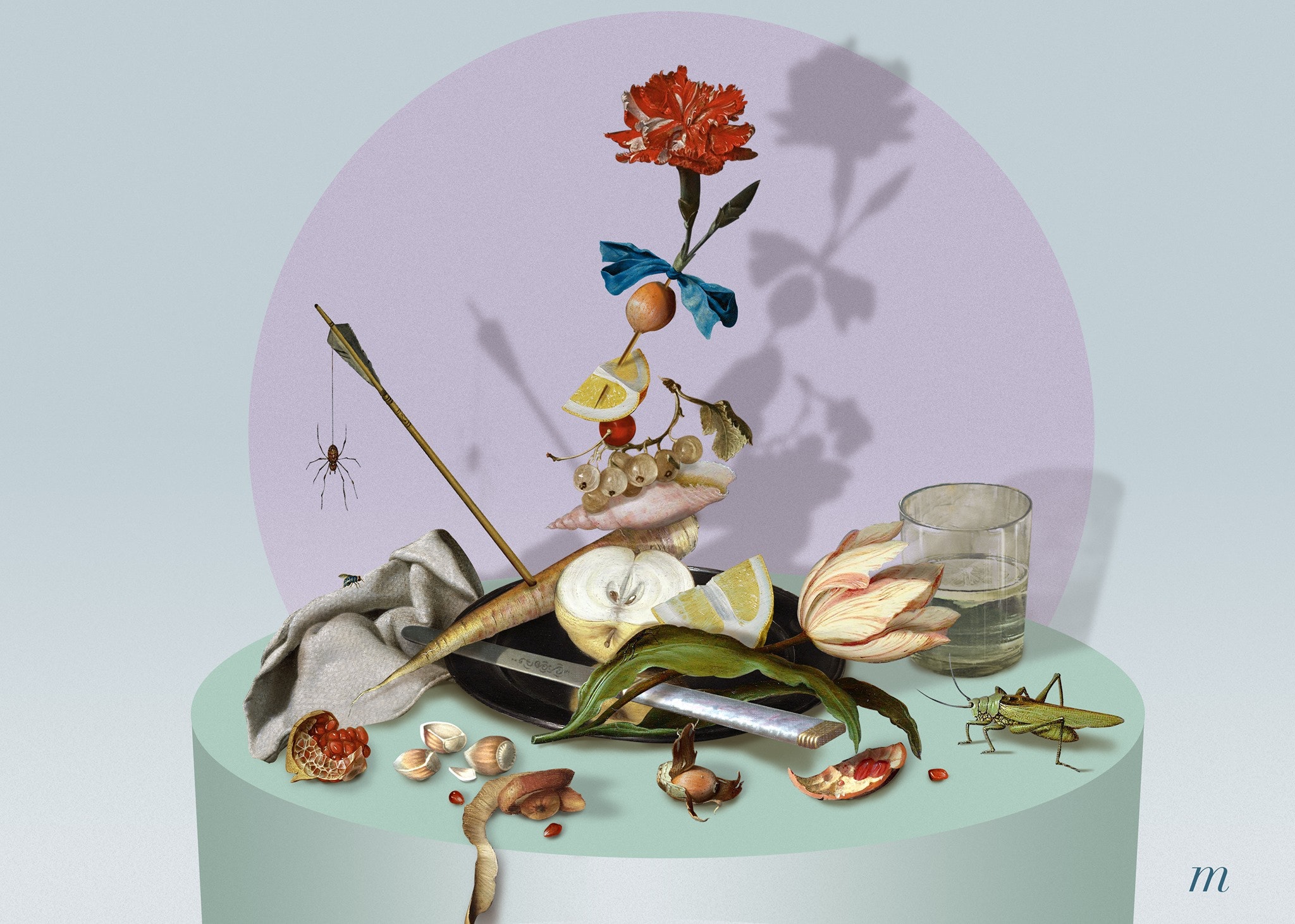
Fabrik: What do you like most about Fabrik? What's your favourite feature?
Andres Marti: "What I like the most about Fabrik is that it is a perfect canvas for my work where it shows detail in a very elegant way, my favorite function is the carousel at the entrance, it makes me feel very pro."
Andres uses Tocuyo, ideal for creatives that want to introduce themselves as well as their work. With optional cover layouts Tocuyo becomes truly immersive with a full-screen hero, thumb grids and an inline about content. Suited to medium-sized portfolios.

